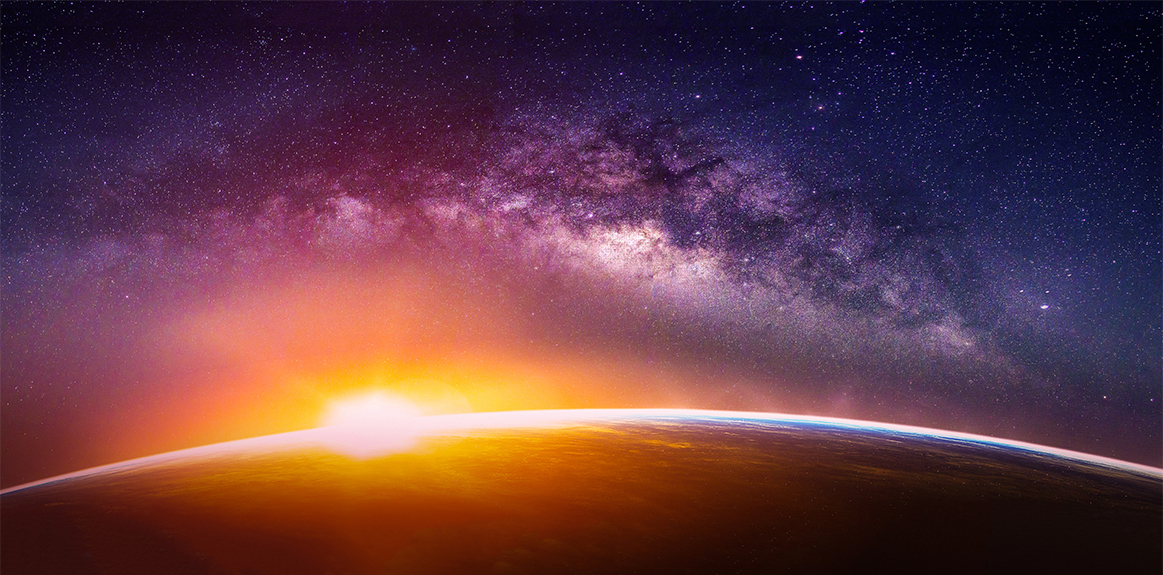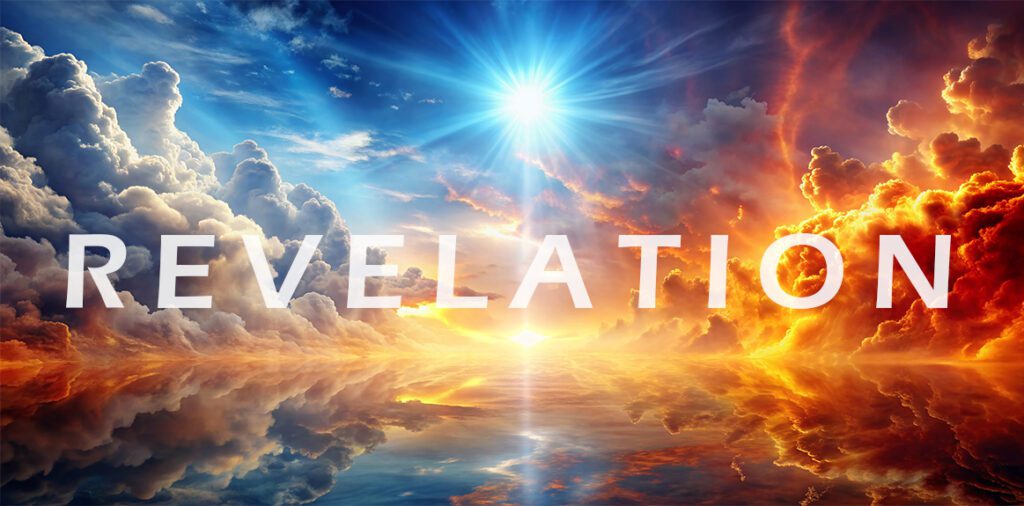The Tanakh begins with the words, “In the beginning,” introducing God as the Creator of all things. Moses, the author of the Torah, does not attempt to explain God’s origin, nor does he speculate on how He came into being. Rather, the text presupposes God’s eternal existence. Human comprehension often struggles with this reality. While the concept of God’s everlasting nature may be easier to accept—especially when considering the eternal destiny of human beings—the notion of a Being who has no beginning is far more difficult to grasp. Yet this eternal, self-existent God is the One we encounter in the opening verse of Genesis.
Genesis describes creation as the work of God accomplished by the power of His word: “By the word of the Lord the heavens were made, and by the breath of his mouth all their host” (Psalm 33:6). Each stage of creation unfolded as God spoke life into existence, a reality also echoed in Psalm 29:3-9. Christian theology has long described this act using the Latin phrase creatio ex nihilo, meaning “creation out of nothing.” This term conveys that before creation, nothing existed apart from God Himself, and that all things came into being not from preexisting material, but solely by God’s sovereign will and command.
The New Testament opens with a parallel cosmic declaration. John’s Gospel affirms, “All things were made through Him, and without Him was not anything made that was made” (John 1:3). This universal statement identifies the Son—the eternal Word—as the divine agent through whom creation came into existence. Likewise, Paul emphasizes this truth in his letter to the Colossians: “For by him all things were created, in heaven and on earth, visible and invisible… all things were created through him and for him” (Colossians 1:15-16). Here we find two important theological affirmations: first, that the Son is eternal and fully divine, and second, that creation is both through Him and oriented toward Him as its ultimate purpose.
This Christ-centered perspective on creation also clarifies the meaning of humanity being made in the image of God. In Genesis 1:26, God declares, “Let us make man in our image, after our likeness.” Traditionally, interpreters have emphasized the spiritual dimension of this image—rationality, morality, and the capacity for relationship with God. Yet the New Testament provides further nuance. Paul describes Christ Himself as “the image of the invisible God” (Colossians 1:15). Taken together, these passages suggest that the imago Dei entails more than humanity’s spiritual or moral faculties. Since Christ, the eternal Son, makes the invisible God known, and since Christophanies in the Old Testament often take on human-like form, it is reasonable to consider that the image of God in humanity anticipates and reflects this Christological reality. Thus, being made in God’s image involves both spiritual likeness and a typological foreshadowing of the incarnate Son.
A final area of consideration concerns the Hebrew term yom (“day”) in Genesis 1. Its interpretation has elicited extensive debate: does it denote a literal twenty-four-hour period, or can it signify a longer span of time? In the creation narrative, the repeated refrain, “And there was evening and there was morning, the nth day,” strongly suggests a literal day. However, biblical usage of yom elsewhere demonstrates broader semantic possibilities. In certain contexts, particularly when pluralized (yamim), the word can refer to extended periods or epochs. This linguistic flexibility underscores the importance of context in translation and interpretation. While Genesis 1 appears to employ the term in its ordinary, literal sense, the wider biblical use of yom allows for meaningful theological discussion concerning the relationship between divine action and human conceptions of time.
In conclusion, the opening chapters of Genesis present not merely an account of origins but a theological framework that establishes God as the eternal Creator, the Son as the divine agent of creation, and humanity as uniquely fashioned in the image of God. The doctrine of creatio ex nihilo underscores both God’s absolute sovereignty and the dependent nature of the created order, while the Johannine and Pauline writings affirm the preexistence and deity of the Son as central to this creative work. Furthermore, the discussion surrounding the Hebrew term yom illustrates the importance of careful lexical and contextual analysis in interpreting the biblical text, reminding us that Genesis is concerned not only with chronology but with theological meaning. Taken together, these themes demonstrate that creation, as presented in both the Old and New Testaments, serves as the foundational testimony to God’s eternal existence, His authority over all things, and the revelation of His nature through the Word, who makes the invisible God known.




0 Comments